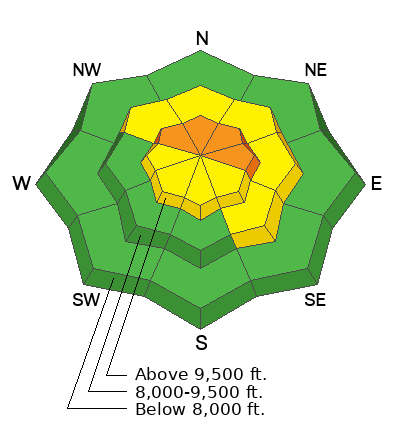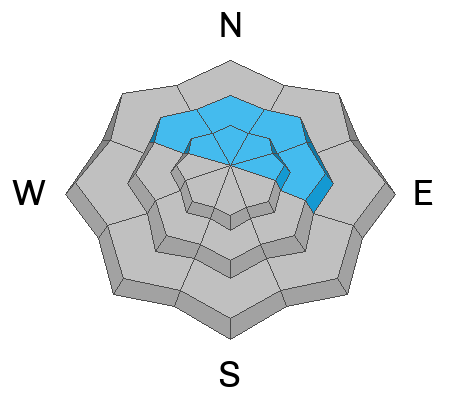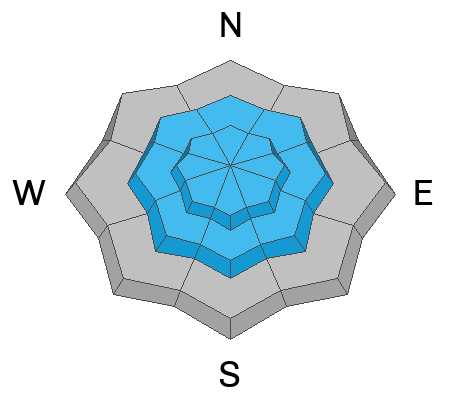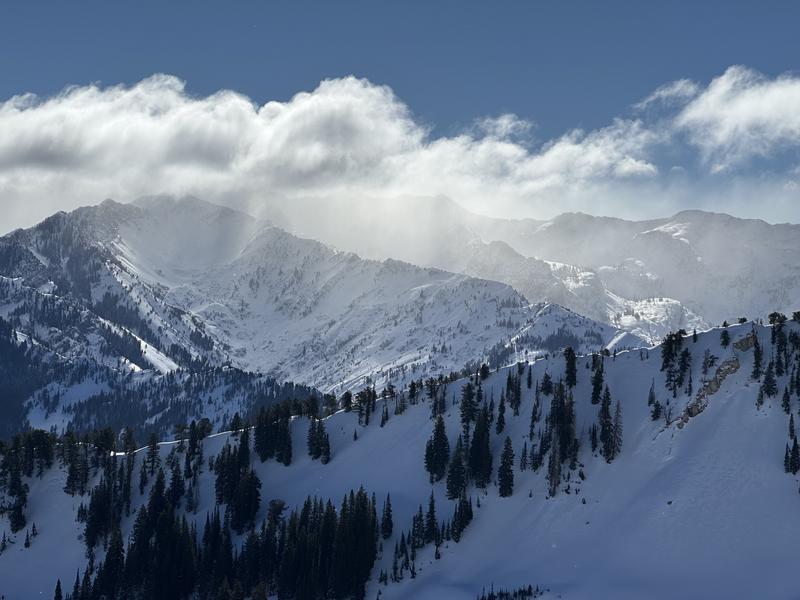Forecast for the Provo Area Mountains

Issued by Greg Gagne on
Friday morning, January 10, 2025
Friday morning, January 10, 2025
The avalanche danger is CONSIDERABLE on upper-elevation slopes and MODERATE on mid-elevation slopes facing northwest through east where there is a buried persistent weak layer. Avalanches may be 2-4 feet deep and over a hundred feet wide.
Upper-elevation slopes facing west through southeast (and some isolated mid-elevation, southeast-facing slopes) have a MODERATE avalanche danger.
Sensitive slabs of wind-drifted snow may be found on all aspects at the upper elevations and some exposed slopes at the mid-elevations.

Low
Moderate
Considerable
High
Extreme
Learn how to read the forecast here









